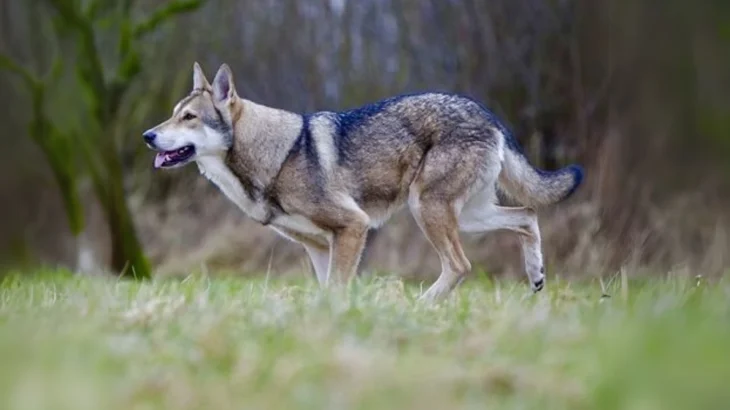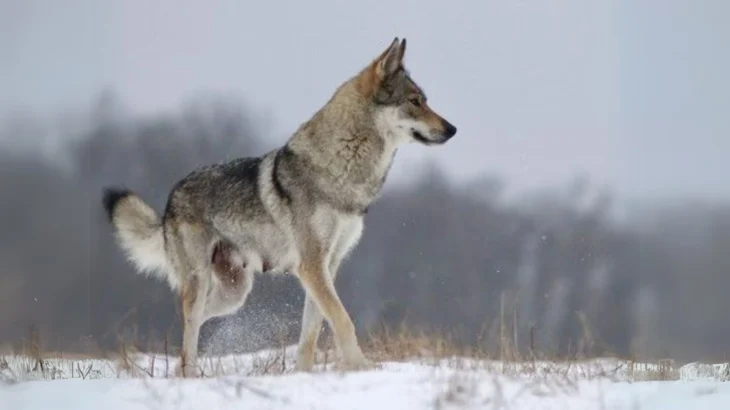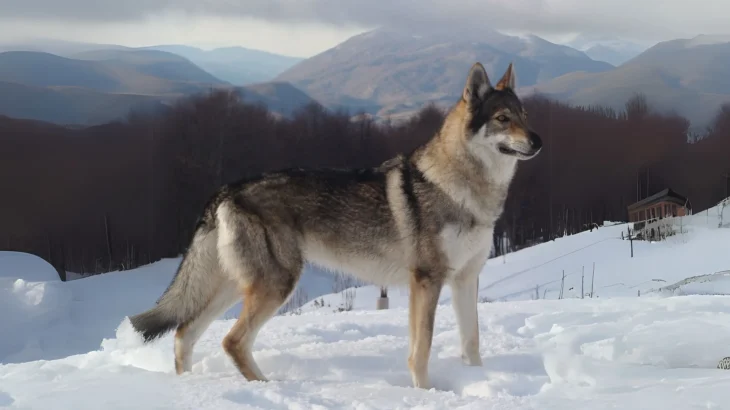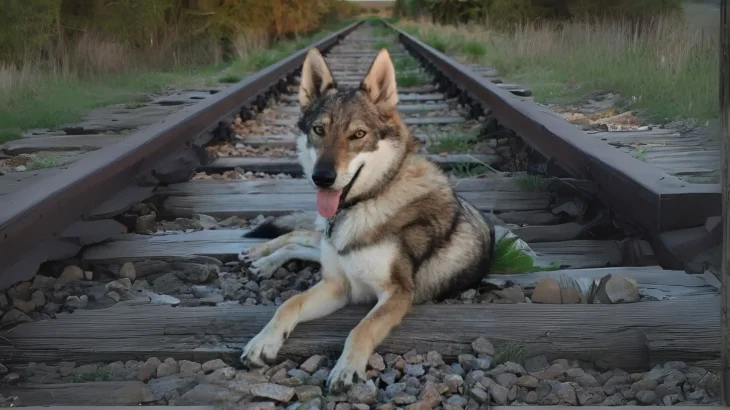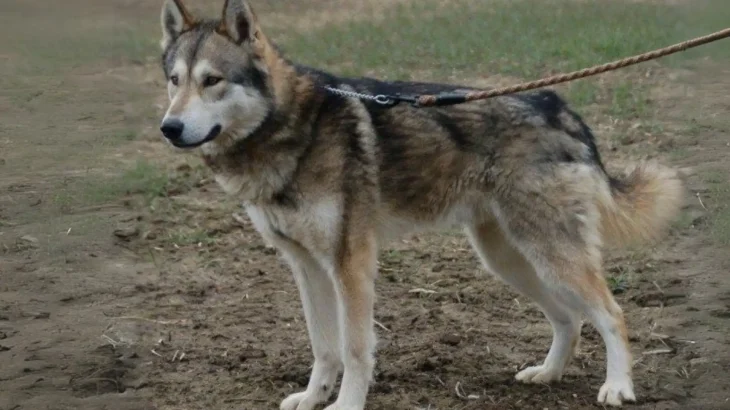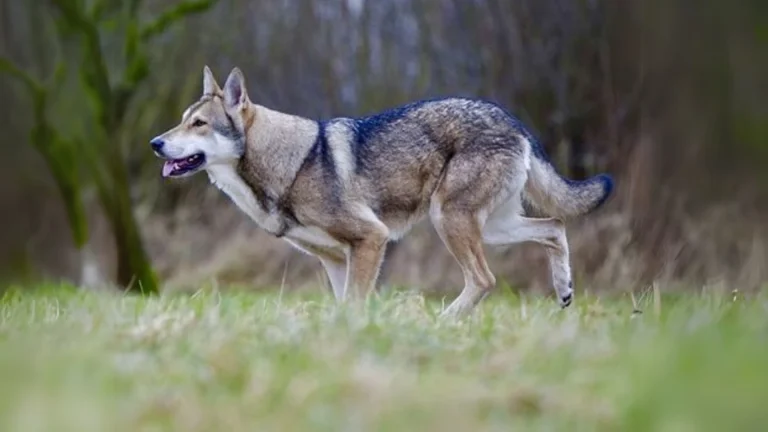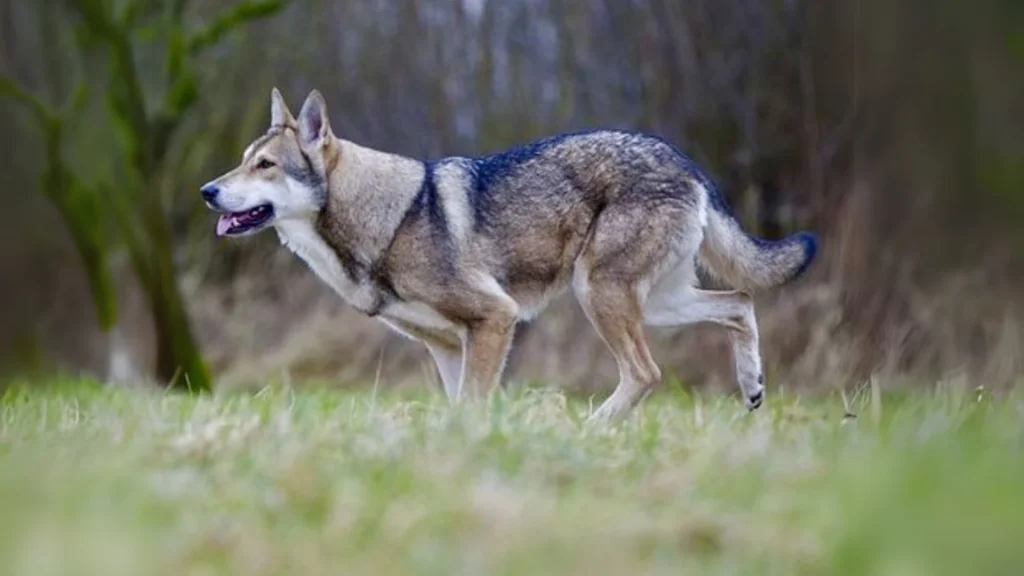Deciding whether to adopt or purchase a Tamaskan Dog puppy involves weighing the availability and transparency of each option. Buying from a breeder typically offers clearer insight into the puppy's health and lineage, while adopting may provide a chance to give a home to a dog in need, though Tamaskan dogs are rare in rescues.
Adoption vs. Breeder: Pros & Cons
| Criteria | Buying from Breeder | Adopting from Shelter/Rescue |
|---|---|---|
| Cost | High purchase price due to rarity and breed purity (often several thousand dollars). | Lower fees, but Tamaskan dogs in rescues are extremely rare. |
| Health History | Detailed, with genetic testing and health guarantees from reputable breeders. | Often unknown or limited health background; requires thorough vet assessment. |
| Age Availability | Usually available as puppies, enabling early socialization and training. | Varied ages, but finding a Tamaskan may mean older dogs or mixes. |
| Temperament Insight | Breeders can provide lineage temperament info to predict behavior. | Rescue staff may offer behavioral observations, but history may be uncertain. |
| Supporting Practices | Supports established breeding programs focused on breed preservation and health. | Supports animal welfare by providing homes to dogs in need, but breed-specific rescues are limited. |
| Ethical Considerations | Important to choose ethical breeders; beware of puppy mills or mills masquerading as breeders. | Ethically sound by reducing shelter dog populations, but limited Tamaskan availability. |

